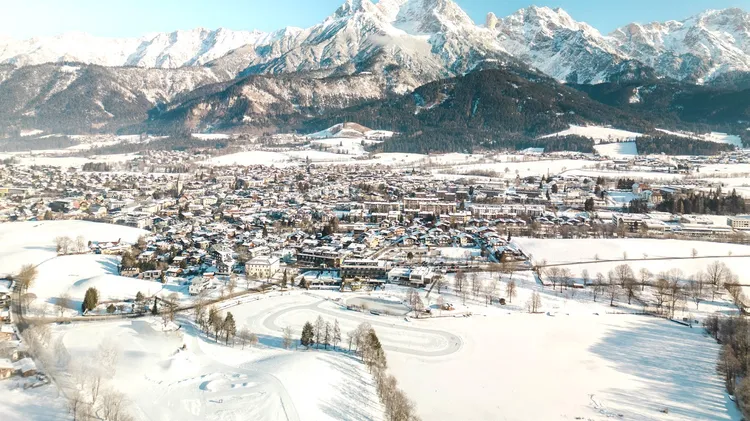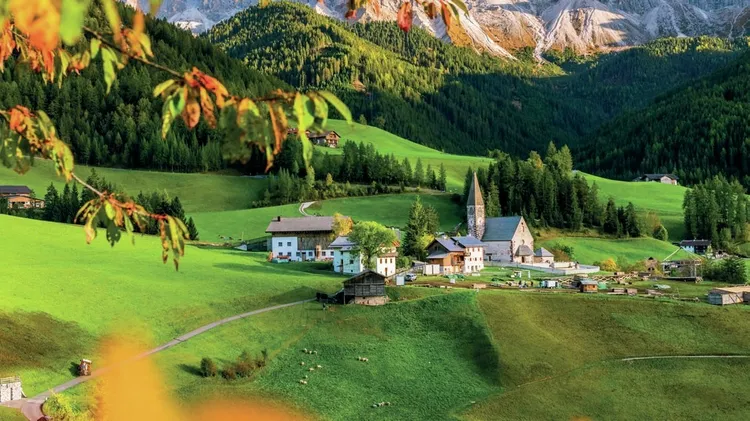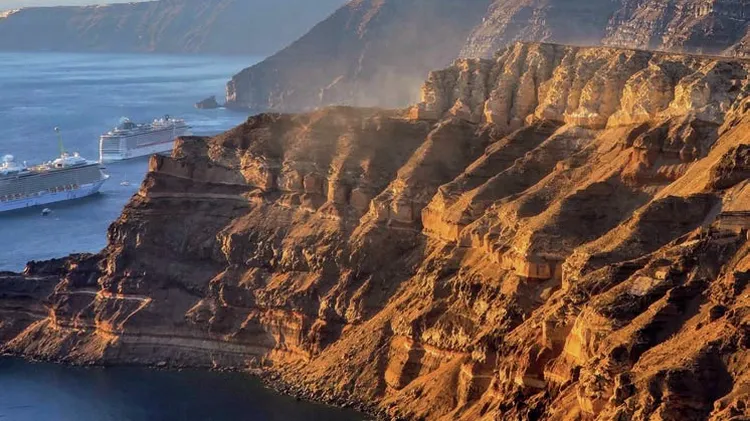With volcan
Volcanic eruptions: a number of volcanoes are active now. is it a sign of trouble?
3 min read
This article is from...
Read this article and 8000+ more magazines and newspapers on Readly






